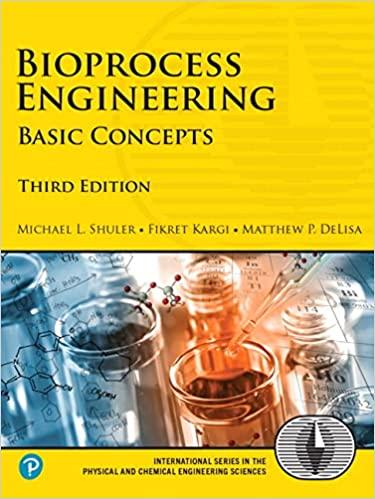Answered step by step
Verified Expert Solution
Question
1 Approved Answer
2. Solid calcium carbonate, CaCO3 (s), reacts with HCl (aq) to form HO, CaCl (aq), and CO (g). If a 45.0 g sample of CaCO3
2. Solid calcium carbonate, CaCO3 (s), reacts with HCl (aq) to form HO, CaCl (aq), and CO (g). If a 45.0 g sample of CaCO3 (g) is added to 1.25 L of HCl (aq) that is 25.7% HCl by mass (d=1.13 g/mL), what will be the molarity of HCl in the solution after the reaction is completed? Assume that the solution volume remains constant.

Step by Step Solution
There are 3 Steps involved in it
Step: 1

Get Instant Access to Expert-Tailored Solutions
See step-by-step solutions with expert insights and AI powered tools for academic success
Step: 2

Step: 3

Ace Your Homework with AI
Get the answers you need in no time with our AI-driven, step-by-step assistance
Get Started


